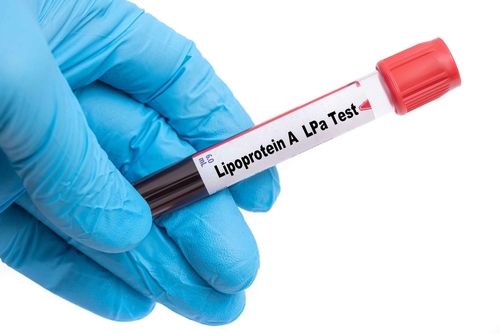
Bariatric surgery patients who exercise after their operation have better physical outcomes and lose more weight compared to patients who do not engage in physical activity, according to a recent meta-analysis.
Researchers analyzed eight randomized controlled trials with data on the effects of physical exercise in obese patients (n = 347) aged ≥ 18 years who had undergone any type of bariatric surgery; the final review included patients who underwent roux-en-y gastric bypass, gastric banding, sleeve gastric, or lap band bariatric surgery. The intervention groups engaged in aerobic exercise, resistance training, or a combination of both for 1.3-4 hours a week for 12-26 weeks. The control group was either given advice to increase exercise and healthy eating or received no exercise training at all. Primary outcomes were weight loss sustained after intervention and physical function as evaluated by results of the six minute walk test (6MWT).
Now this is not much of a surprise!
Imagine that-#exercise is good for #weight loss! Shocking discovery?? https://t.co/9BVrWXBRuG— Felice Gersh MD (@DrFeliceGersh) November 6, 2018
Exercise group patients had significantly greater weight loss than the patients who received no special exercise therapy (weighted mean difference [WMD] −1.94 kg; 95% confidence interval (CI) −3.18 to −0.69; P = 0.002). When comparing exercise start times within the physical activity subgroups, patients who started exercising within a year after surgery had a WMD of −1.71 kg (95% CI −3.06 to −0.36; P = 0.01), compared to −3.63 kg for patients who exercised a year or more postoperatively (95% CI −5.35 to −1.91; P < 0.0001).
Two RCTs showed exercise patients had significantly improved 6MWT results (WMD 29.67 m; 95% CI 25.97 to 33.37; P < 0.00001).
Exercise improved certain secondary outcomes as well. Patients who engaged in physical activity achieved lower BMI (WMD −0.40 kg/m2; 95% CI −0.81 to 0.00; n = 5), smaller waist circumference (WMD −5.25 cm; 95% CI −10.48 to −0.03; n = 4), lower systolic blood pressure (WMD −4.12 mm Hg; 95% CI −6.68 to −1.55; n = 4), and lower resting heart rate (WMD −4.39 bpm; 95% CI −8.11 to −0.68; n = 3). Researchers observed no significant differences between the groups in body fat percentage (WMD −1.93%; 95% CI −4.06 to 0.20; n = 4), fat mass (WMD −3.35 kg; 95% CI −7.99 to 1.29; n = 3), fat-free mass (WMD 0.53 kg; 95% CI −1.88 to 2.94; n = 2), hip circumference (WMD −3.91 cm; 95% CI −11.09 to 3.26; n = 3), or diastolic blood pressure (WMD −3.56 mm Hg; 95% CI −8.61 to 1.48; n = 4).
Study has shown that engaging in #exercise 1 year or more after bariatric #surgery, and a combined aerobic and resistance #training programme may result in greater #weight loss.https://t.co/Kw0e2sg3jF pic.twitter.com/iXf4deNc21
— Dr Clint Miller (@_clintmiller) November 6, 2018
The study authors said future studies need to determine if the average 1.94 kg weight loss in patients who exercised has a substantial impact on overall health.
“Nevertheless, the positive results of our meta-analysis of all of the currently available RCTs indicate the causal relationship between physical activity and weight loss, proving that physical exercise contributes to more weight loss after bariatric surgery and suggesting that it can be an adjunct therapy for bariatric surgery patients, especially in cases of suboptimal weight loss,” the researchers wrote.
Bariatric Surgery Reduces Macrovascular Risks in Obese Diabetes Patients
Sleeve gastrectomy and hypertension: a systematic review of long-term outcomes
Report: Chronic Diseases Due to Obesity Cost $1.72 T
Study Links Exercise With Reduced Mortality in Childhood Cancer Survivors
Source: BMJ







 © 2025 Mashup Media, LLC, a Formedics Property. All Rights Reserved.
© 2025 Mashup Media, LLC, a Formedics Property. All Rights Reserved.